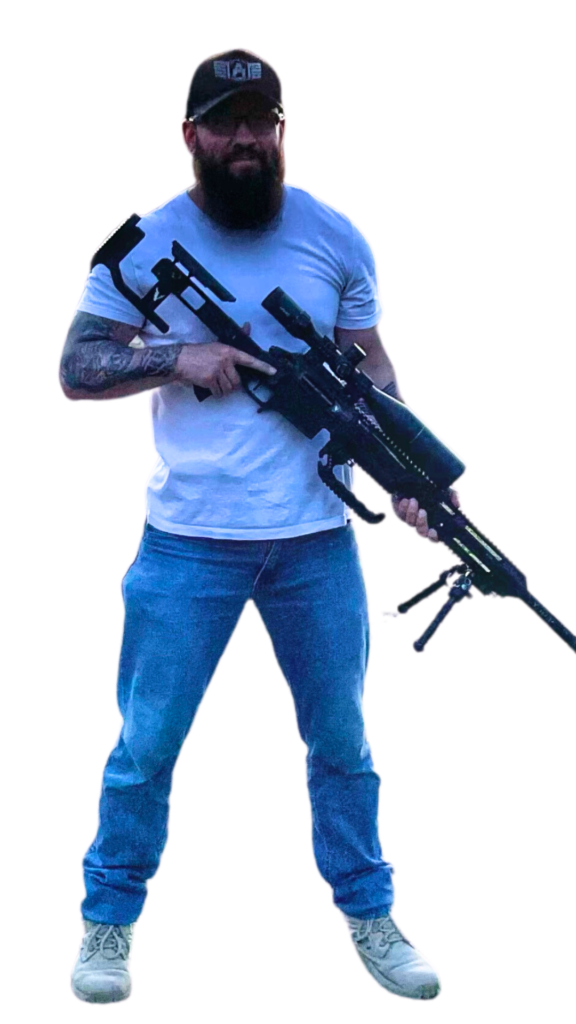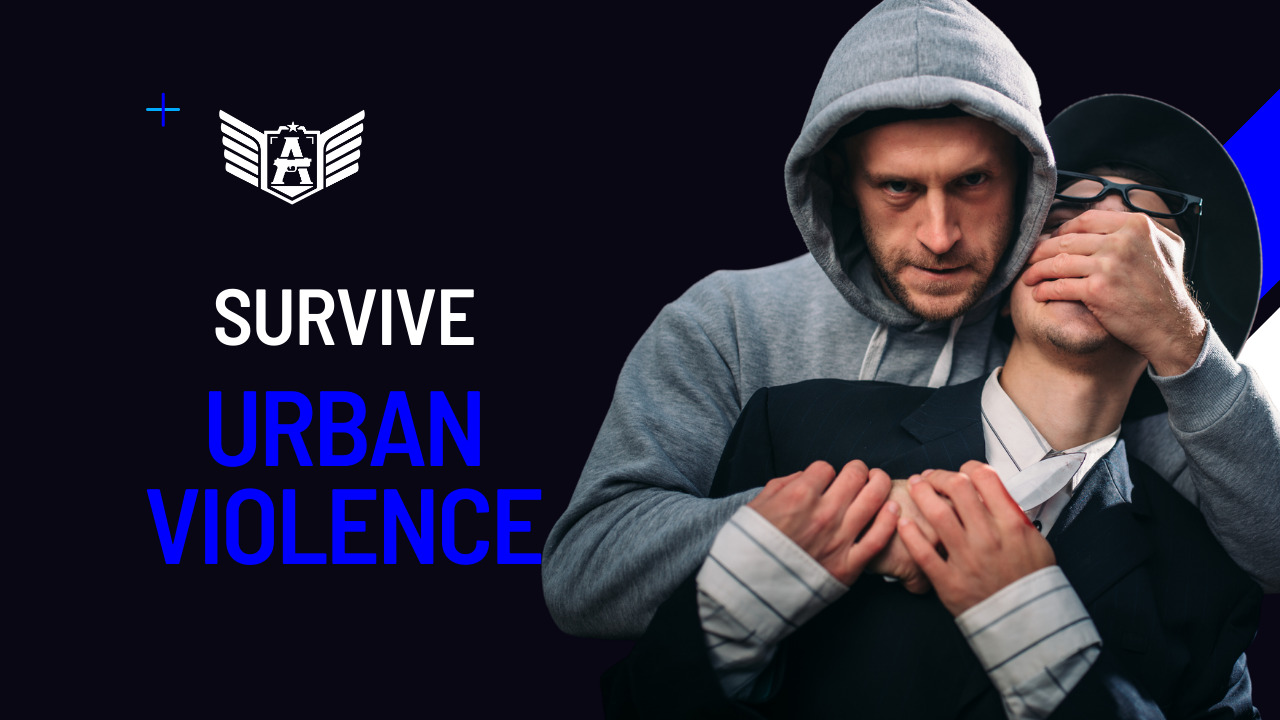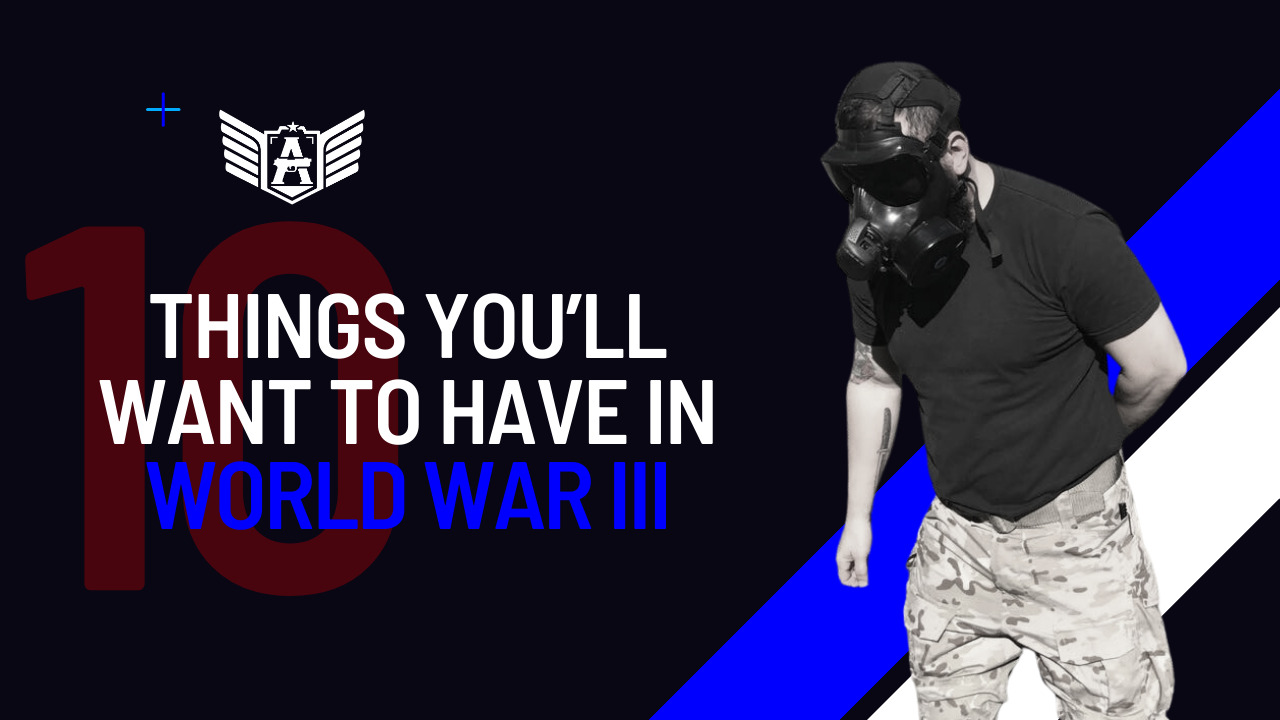- Text originally written for DEFENSE Institute (BRA) in 2015

A while ago, I wrote the 10 commandments of armed combat, which became a “viral” even found in state police training manuals throughout Brazil.
Today, our goal is to step back a little in time in this hypothetical combat scenario. What measures can be taken to increase the chances of success in the face of growing urban violence?
Let’s list 5 vital points that should never be underestimated, whether by military or police operators, or even by a family man going to the market to shop. Check them out.
- Always be armed.
- Treat everyone as if they were armed. Anyone who has one weapon may have two.
- No threat is individual. Never assume your enemy is alone.
- Attack first. Attack better. Attack with more force.
- If it is impossible to combat aggression with superiority, retreat.
Now, let’s analyze each one of them:
- Always be armed.
It’s not enough to be armed or trained. You must ALWAYS be armed and ALWAYS keep your training up to date. Your worst conflict will occur the moment you let your guard down and think, “I’m just going to the bakery to buy an ice cream…”
- Treat everyone as if they were armed. Anyone who has one weapon may have two.
Since the times of Sun Tzu, underestimating the enemy has been a fatal mistake. Assume that your threat is well-armed. Always treat it this way, even if you have reasons to believe otherwise.
Also, just because an attacker has lost or surrendered a weapon doesn’t mean they can’t have another.
- No threat is individual. Never assume your enemy is alone.
Neglecting this point is a consequence of the so-called tunnel vision or the exclusion of the audience. Physiological reactions cause a person under stress to reduce their ability to see or hear anything beyond the immediate threat.
That’s why “scanning” (looking sideways) is trained in tactical shooting and quality unarmed combat training, why you should avoid walking backwards at all costs, and why you should fight an aggressor on the ground or in close combat.
Always stand up, look around, search for new threats, before the fight, during the fight, and after it, if necessary.
- Attack first. Attack better. Attack harder.
I know it sounds like Cobra Kai. But it is serious. Confusion regarding the interpretation of self-defense laws or even a mistaken concept of ethics or morals can make a novice believe that they need to be actually attacked to respond with necessary force.
That’s not true. If physical confrontation is imminent, your tactical obligation is to act first, unexpectedly, and with the necessary violence to prevent the enemy’s attack. Surprise, speed, and violence of action. “Diligentia, vis, celeritas.” Ever heard that before?
- If it is impossible to combat aggression with superiority, retreat.
Stressful situations trigger the fight, flight, or freeze response in the human body. We often discuss fighting, but it’s important not to underestimate the value of flight.
Fleeing is not dishonorable. It doesn’t mean giving up the fight, but merely regrouping efforts to repel an aggression intelligently. Only accept a fight if victory is significantly more probable than defeat.
The only unfair fight is the one you lose.




